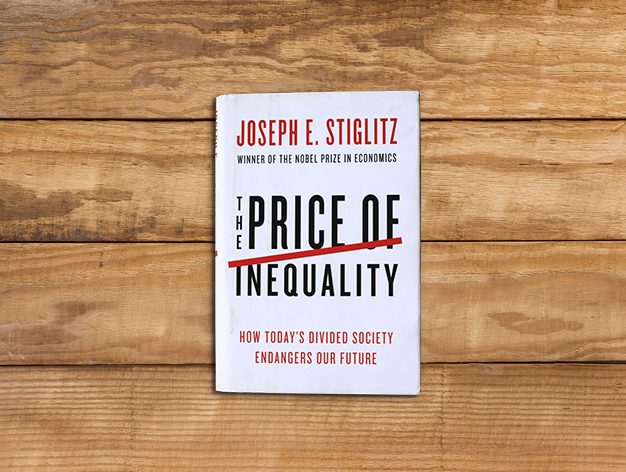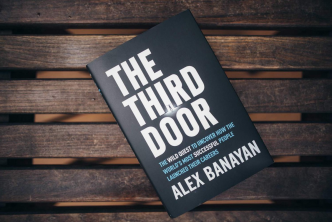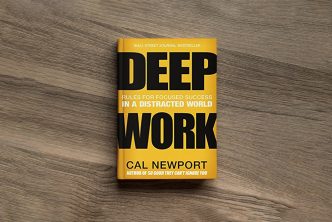By Omooluwakite Olofin and Uche Okoro
REVIEW: “The Price of Inequality: How Today’s Divided Society Endangers Our Future” by Joseph Stiglitz. W. W. Norton & Company. (June 2012) Length: 560 pages
In ‘The Price of Inequality,’ Joseph Stiglitz breaks down the American economy, elaborating the problems caused by the reinforced vast inequality alongside the totality of issues awaiting America if it does not take caution. The Nobel laureate in Economics continued that the United States had been a place of generational vertical social mobility, unlike most European societies with a notable social rigidity.
Stiglitz analyses the factors that led to America’s current economic state and shows the decline in intergenerational mobility and the astonishing economic inequality growth. He deftly[EO1] highlights the potential challenges and remedies for this situation.
The author apportions the blame for the current inequalities on the interplay between the country’s economic and political institutions. He used anecdotes to demonstrate the flaw in the current system that only profits the top one percent. A system where bankers are rewarded for taking advantage of consumers and where the best education and opportunities are accessible only to the wealthy’s children, giving them a head start in life. Even when some middle-class and lower-class children go to college, there is an overlying burden of student loans and cumulative interest. He notes that a bankruptcy declaration cannot even clear these loans, as the political and economic institutions have conspired to deny consumers this relief.
In this book, Stiglitz said, “While there may be underlying forces at play, politics has shaped the market, and shaped it in ways that advantage the top at the expense of the rest.” The “rent-seeking” corporates milk the nation without providing any remarkable return to the society, paying less tax and accumulating large incomes. Stiglitz notes that the rules governing markets are established by political processes and legislation routinely influenced by corporations via lobbying and political contributions. This political rigging by economic institutions affects the masses’ economic outcome, increasing the chasm of inequality and the overall decline of intergenerational vertical mobility.
Stiglitz also counters the arguments of “inequality apologists” who base their views on “Trickle-down economics.” Trickle-down economics proposes that more money in the hands of the wealthy minority would increase the economy’s stimulation, eventually benefiting the majority. Defending his points with facts and real-life events, Stiglitz shows that while the majority’s income levels have stagnated, those of the wealthy minority have skyrocketed. He notes that the top one percent receive 57 percent of the income from capital, gaining 225 times the typical American’s wealth. The author argues that this invalidates the whole idea of “trickle-down economics” and fuels the need for “trickle-up economics.” Stiglitz argues that in a system where the majority are saddled with expensive and often unattainable education and rigged financial institutions, hoping people would climb out of this unequal situation themselves is untenable.
Stiglitz believes that the growing inequality trend needs to be reversed, starting through a free-market system with close government regulation and monitoring. The author points out that governments and stakeholders cannot continue to rely on the market to self-correct. The closed eye mistreatment of the middle and lower class, while providing the top one percent with resources through tax cuts and social expenditures, has widened the inequality gap, he asserts. [EO2]
The Nobel laureate identifies that the solution to this problem will require an overhaul of current macroeconomic policies with new policies that emphasize full employment over price stability. These measures should aim to; provide a level playing field by increasing investment in education and infrastructure to; curb corporate influence; reform tax codes to make them more progressive, and provide adequate safety nets for the most economically vulnerable. The author states that these tasks will be herculean but warns of the dire consequences of doing nothing.
The price of inequality has become more relevant in today’s pandemic devastated economy that has seen the inequality gap accelerating. Over 40 million Americans have filed for unemployment, while the top one percent of society have seen their fortunes increase by over 1 trillion dollars.[1]
This book aptly analyses and explains the factors that have led to these observable inequalities. Even more importantly, it reminds us of the price awaiting our societies if we let inequality continue to grow unchecked.







